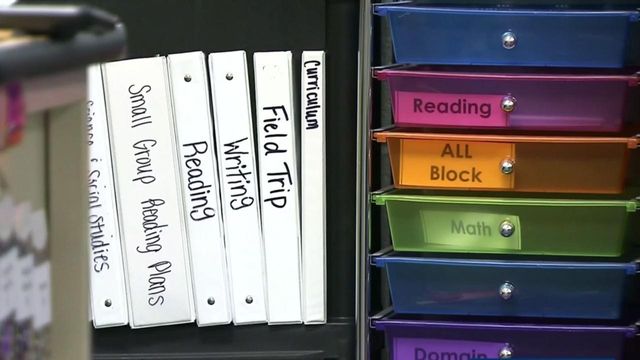What schools will do if someone has coronavirus symptoms in class
Gov. Roy Cooper on Tuesday said public schools will reopen next month under a 'Plan B' model that includes in-person classes and online learning.
Posted — UpdatedMany parents are expressing concern about what would happen if their children or someone else on the school’s campus gets sick.
“I think the big one is they start to operate and then they’re in school for a couple of weeks and all of a sudden there’s an outbreak of COVID and then everyone is back into the environment, back online again,” said Diane Dalton, who has a daughter who attends Wake County Public Schools.
State leaders said that won't be the case.
“It doesn’t mean immediately that a school needs to close," said Secretary of the Department of Health and Human Services Mandy Cohen. They may want to go beyond our protocols and do that but again, it depends on the situation.”
In terms of the state guidelines, here's what would happen if a student or staff member was exposed and is not showing symptoms:
- They’re not allowed to enter school and must immediately go home. They can not use a school bus to leave.
- The person can return in 14 days if no symptoms develop and a COVID-19 test is negative.
- They may participate in online learning while they are out.
If a student is showing symptoms, this is what would happen:
- Immediately isolate in designated areas with supervision.
- The school must notify a parent/guardian. They can not ride home on a bus once diagnosed.
- The student can't return until at least 10 days have passed since the first symptoms.
- If a COVID-19 test is negative, the student may return once there's no fever for at least 24 hours.
- The student must participate in online learning while they are out.
“If it was in elementary school, it’s likely that they would have been with the same number of students and teacher throughout the day, and in that case, we’d be doing contact tracing," Cohen said.
While some parents believe this is the best practice, others question how they will be able to regulate an outbreak efficiently with the resources they have.
"I think it presumes that parents are able to come pick up a sick child, and I don’t think that’s always the case.”
• Credits
Copyright 2024 by Capitol Broadcasting Company. All rights reserved. This material may not be published, broadcast, rewritten or redistributed.






